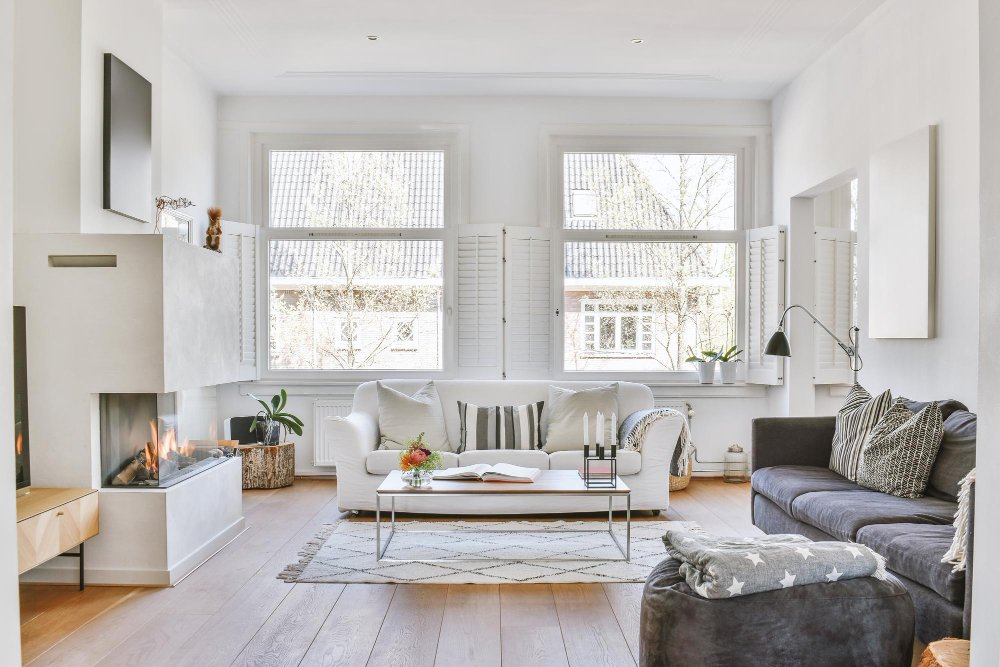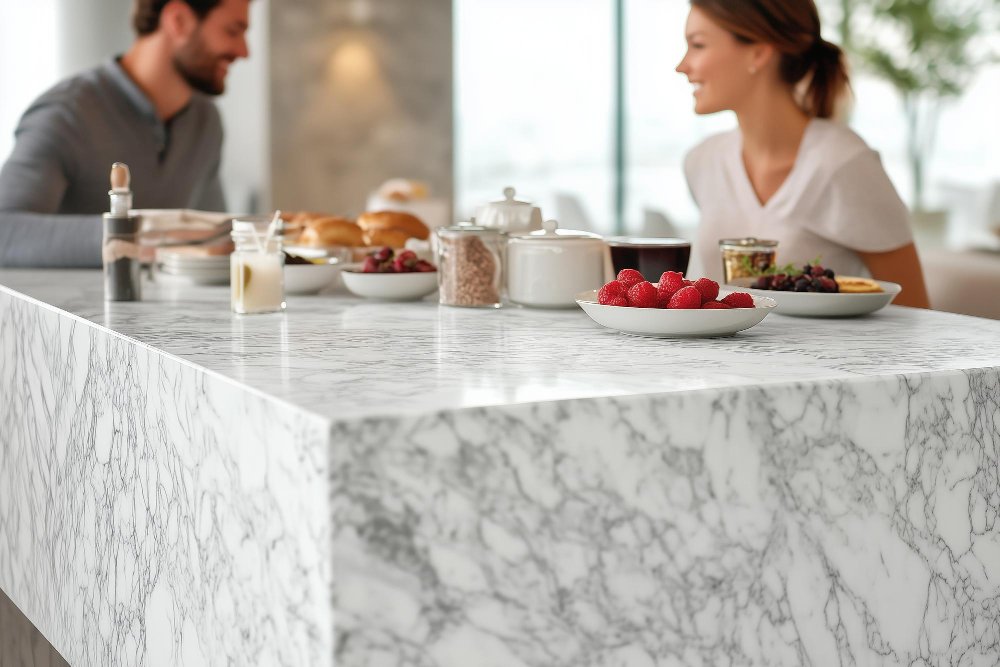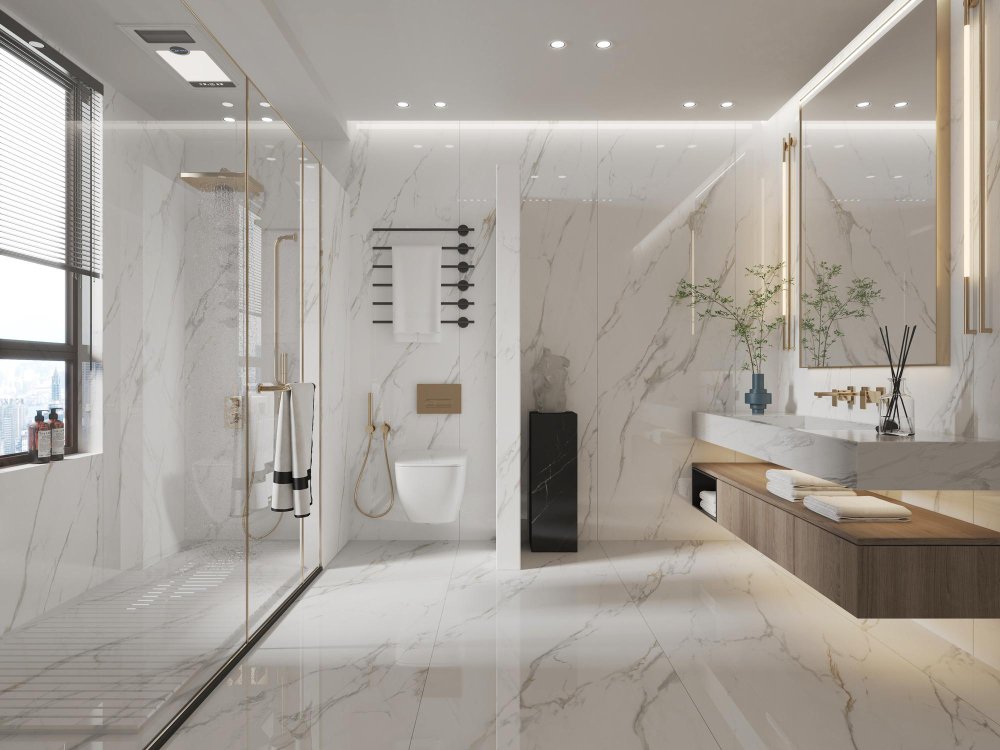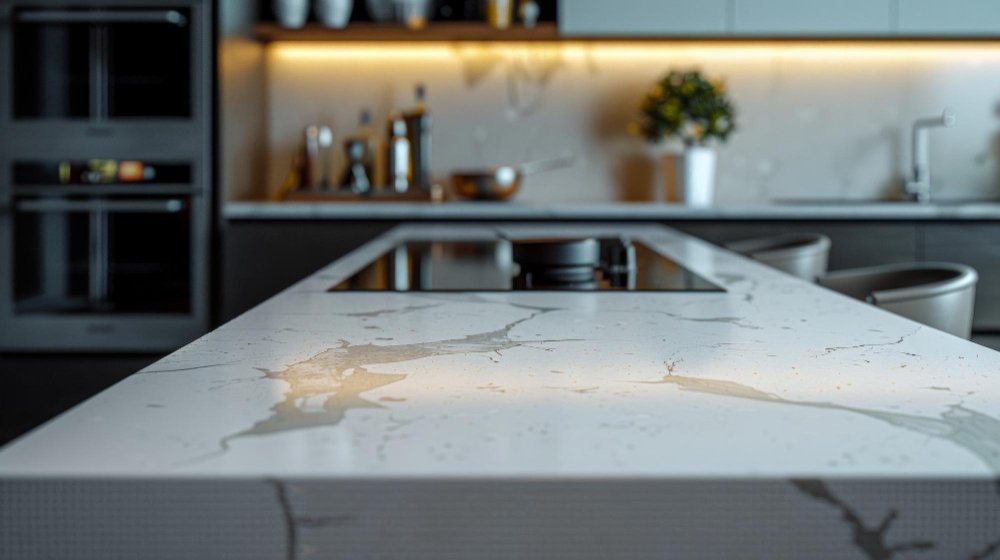When it comes to home renovations, few investments offer the long-term value of energy-efficient upgrades. These updates don’t just save money on utility bills—they make your home more comfortable, increase its resale value, and lower its environmental impact. But if you’re wondering where to begin your journey toward a greener home, here’s a comprehensive guide to get you started.
1. Start with a Home Energy Audit
Before swinging a hammer or replacing appliances, get a clear understanding of your home’s current energy performance. A home energy audit—offered by utility companies or independent contractors—can reveal inefficiencies and highlight the most cost-effective improvements.
Common audit findings:
- Air leaks in doors and windows
- Inadequate insulation in attics or walls
- Inefficient HVAC systems or appliances
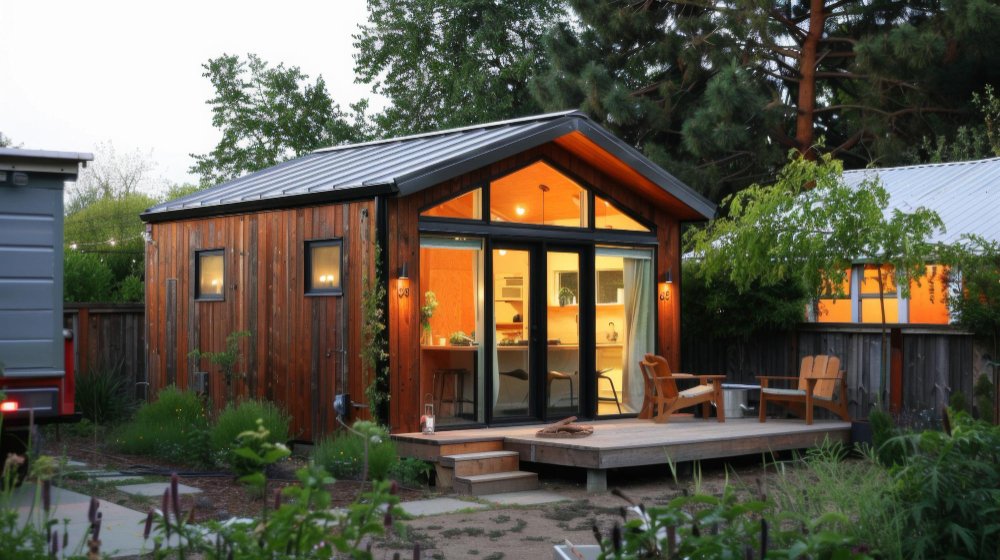
2. Upgrade Insulation and Seal Air Leaks
Improving insulation and sealing gaps is often one of the most affordable and effective first steps. Focus on:
- Attics and crawl spaces: These areas often account for significant heat loss.
- Doors and windows: Use weather stripping or caulk to seal gaps.
- Walls: If your home is older, consider adding blown-in insulation.
Pro Tip: Proper sealing also improves indoor air quality by reducing dust and pollutants.
3. Install Energy-Efficient Windows
Old, single-pane windows are a major source of heat gain and loss. Modern double- or triple-pane windows with Low-E coatings dramatically improve thermal performance and comfort.
Look for:
- ENERGY STAR® certified windows
- Argon gas fills for added insulation
- Frames made from insulated fiberglass or vinyl
4. Upgrade HVAC Systems and Thermostats
Heating and cooling typically account for nearly half of a home’s energy use. Replacing outdated systems with high-efficiency models can have a big impact.
Consider:
- Heat pumps for year-round comfort and efficiency
- Zoned heating and cooling for targeted temperature control
- Smart thermostats that learn your habits and adjust automatically
5. Swap Out Old Appliances
If your fridge, dishwasher, or washer/dryer is over a decade old, it’s likely wasting energy. Replace them with ENERGY STAR® rated appliances, which are tested for maximum efficiency.
Bonus Tip: Opt for induction cooktops and convection ovens for faster, cleaner cooking with less energy waste.
6. Switch to LED Lighting
LED bulbs use up to 80% less energy than traditional incandescent bulbs and last much longer. Replace bulbs throughout your home and consider installing dimmers and motion sensors to reduce usage.
Cost-Effective Tip: Start with the most frequently used rooms, like the kitchen and living room.
7. Embrace Solar Energy (If Feasible)
While a larger upfront investment, solar panels can significantly reduce or even eliminate electric bills over time. Many regions offer tax credits or rebates to offset the initial cost.
Alternative: If solar panels aren’t feasible, consider solar-powered outdoor lights or attic fans.
Final Thoughts
Energy-efficient remodeling is a smart way to future-proof your home. Start small with insulation and lighting, and gradually move toward bigger investments like new windows or HVAC systems. Every upgrade adds comfort, cuts costs, and reduces your home’s carbon footprint—making your living space not just better, but more sustainable too.

